
It seems like we are in the endgame with the coronavirus pandemic- we just need to hold on for a little while longer and continue hunkering down. If you’re still struggling with money, though, even though the end is in sight it might not bring you any peace of mind.
That’s why we decided to go over a few more ways for you to save money on utility bills while we wait for herd immunity thanks to the vaccine to kick in.
Even those who have managed to work from home during these difficult times, despite being able to save money by not having to travel to work every day might want to look for ways to cut down costs as much as possible.
Understandable since the average person spends $2,000 on home energy each year. But did you know you could be paying around $200 to $400 because of air leaks, inefficient cooling or heating, and drafts? Then there are inefficient light bulbs, water heaters, furnaces, air conditioning units that are set to high and dirty furnace filters that you should worry about…
All of those things added up, could make you pay more than you really should. That’s why, today, we’re covering 19 things you should start doing right now in order to lower your utility bills. Pandemic or no pandemic, these are still things you should do regularly! So get ready to start saving more money!
1. Program the Thermostat
If your thermostat is working when you’re away from home then that’s one way to ensure you’re paying extra for something you’re not even using or enjoying. Granted, you might not be leaving the house as often nowadays, but if you are, then it’s a good idea to lower the temperature by 10 degrees.
The same goes for when you’re sleeping, especially if you like covering up with comfortable blankets.
Though let’s be real, you may forget to do this- nobody’s perfect. Which is why you should invest in a programmable thermostat. Set it and forget it if you have a fixed schedule- your utility bills will thank you later!
2. Lower the Water Temperature
Did you know that every 10-degree reduction in your water heater’s thermostat can save you between 3% and 5% off your bill? Despite this, households all across the U.S. have theirs set up way too high.
According to the U.S. Department of Energy, it’s best to keep yours set at 120 degrees Fahrenheit. Going any higher than that is unnecessary, not to mean dangerous. After all, you don’t want to get burnt by hot water, do you?
Remember, hot water is a big energy user, and this is just one simple way to make sure you’re not spending extra.
3. Stop Using the Garbage Disposal
Not only should you make sure your water isn’t unnecessarily hot, but you should also try to use as little of it as possible. One way to do that is to take shorter baths and showers, right? Well, sure, but that’s not always easy.
Another great way is to simply stop using your garbage disposal. You may not realize just how much water it’s using, especially since you should leave the facet on while they’re running.
It’s easy, just scrape food off your plate into the compost bin or straight into the trash. Bonus points if you aim for the compost!
4. Repeat After Me: The Toilet’s Not a Wastebasket
How much water do you think you’re using when you flush your toilet? Go on, try to guess!
You’re using as much as 6 gallons of water every single time you push the lever! If you have one of those modern, low-flush toilets then you’re only wasting 1.6 gallons instead. Of course, using the toilet is inevitable! But should you use it as a wastebasket?
Absolutely not! Avoid throwing any unnecessary things down the toilet. That’s what the trashcan is for- use it! The change might be small, but if you apply it with everything else on this list then you’ll definitely notice a lower utility bill!
5. Seal Cracks and Leaks
Time to get your hands dirty!
Air leaks are a major problem for American houses. The warm air seeps out, cold air comes in, you’re basically forced to use more energy to heat your house or apartment up again. In the summer, all that comfortable cold air leaks out, warm air creeps in and you end up using your air conditioning unit almost 24/7.
Look for any gaps or cracks, especially around furnace flues, pipes, electrical outlets, chimneys, and, of course, doors and windows. You can use caulk to seal any gaps. Check the Department of Energy’s guide on how to do so correctly.
6. Plug Big Gaps With Foam
Uh-oh… Did you find a bigger gap than what you were expecting? Well, this might explain why your house got bizarrely cold in the winter and insufferably warm in the summer. But, at least you found the culprit!
Time to get some foam and seal it up. Do not try to use caulk for this, as foam works better, even around baseboards, doors, and windows.
Energy.gov also has a handy guide on how to use it properly so that no more heat or cool air leaks out of your house. Of course, you can find dozens of types of foam at the hardware store!
7. Use Rain Barrels
Why pay for extra water when mother nature offers it up for free? Using rain barrels to collect water may seem a little quaint, but it’s a great way to save. No, you’re not going to use the rainwater for your showers or morning coffee. Instead, use it for any landscaping jobs you’ve planned on picking up during the rest of quarantine.
You can either them online or pick one up at home improvement stores. Just set it up so that it’ll collect water from your roof and store it in the garden for later. No more relying on additional clean water for gardening jobs!
8. Shrink-Wrap Windows
The heat you lose or gain through your windows accounts for 25% to 30% of residential heating and cooling energy used. That means that you have to rethink how you’re going to stop all that warmth from escaping or entering your home though your windows.
Shrink-wrap windows are an easy, affordable, and efficient way to take care of this problem. It’s like adding a plastic wrap to your windows. In the winter, the film will help keep heat inside. In the summer, it’ll stop the sun’s heat from getting in without sacrificing too much light.
We recommend coating the inside of your windows so that you can remove them in the spring, depending on where you live.
Compared to thermal-lined draperies and honeycomb shades, this is a far cheaper option.
9. Stop Fireplace Heat Loss
If you have a fireplace, we’re not saying you shouldn’t use it. On the contrary! But you have to make sure that AFTER you use it, you also close the damper. It’s incredible how quickly heat exits through the chimney if you’re not careful.
And, by the way, the same goes for air conditioning during the summer! So that should be your rule of thumb: when your fireplace is not working, the damper should be closed!
10. Use Ceiling Fans Correctly
How many of you actually use your fan during the winter season? Or, actually, how many people are using their ceiling fans correctly?
The direction the blades rotate is crucial. In the summer, you want them to go counterclockwise. This helps push air down, creating a nice breeze in your room. On the flip side, during the colder winter months, you’ll want to displace all the warm air that has gathered near the ceiling. To do so, make your fan spin clockwise so that it’ll pull cold air up instead.
This is how you use a ceiling fan efficiently, you don’t have to pay extra money if you follow this simple rule.
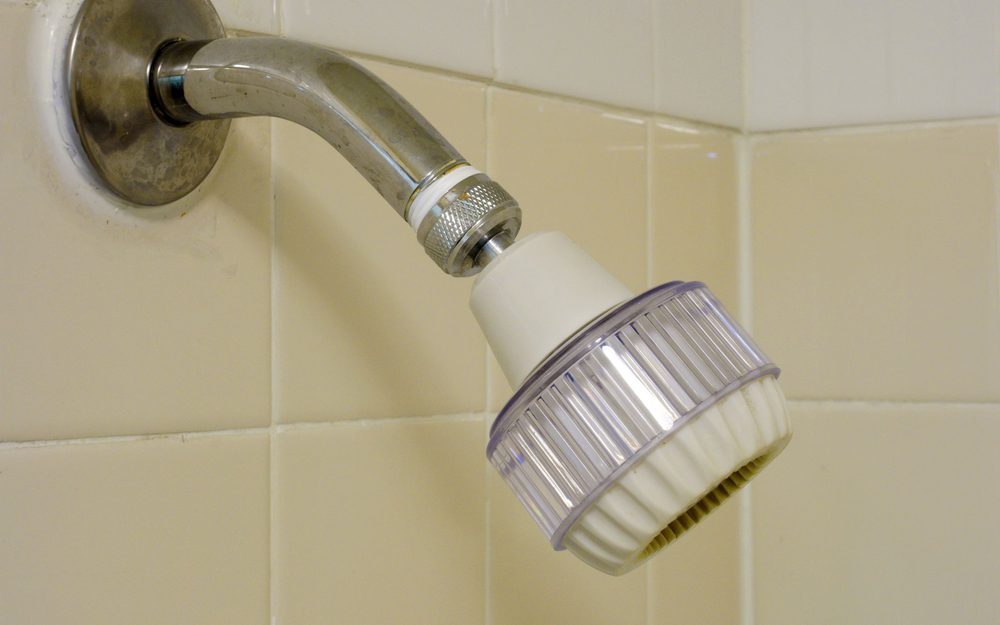
11. Install Low-Flow Showerheads
It’s time to shower. How much water do you think you’re using up, per minute, while you shower? If you have an older showerhead, then the answer might shock you- 10 gallons of water per minute.
Low-flow showerheads, however, use as little as 2 gallons per minute. Will you notice a difference in water pressure? What about flow? Nope. Thanks to new and improved technologies, you won’t be able to tell that anything has changed.
You could save between 25% and 60% on your water bill by simply installing a $10 or $20 low-flow fixture. Oh, and they’re not difficult to install at all!
12. Change Air Conditioner Filters
How often do you change your air conditioning filter? Probably not often enough and you might not even realize how much overtime your machine is putting in in order to keep you cool.
This is the easiest way to ensure that your AC is working as it should and the easiest type of maintenance you could perform.
Question is, how often should you change them? While in full use, such as during the summer, consider changing them every month or two. But, of course, depending on the state of the filters you’ll be able to tell how often they should be changed, as it really depends on how often you use your AC.
13. Insulate the Water Heater
Your water heater needs a little help too, sometimes. In order to keep heat from radiating out, make sure to wrap it in an insulating jacket.
It may seem strange, but you’ll be stopping between 25% and 40% of heating loss from occurring. In terms of cash, this could save you 7% to 16% annually on your water heating bill.
Make sure your water heater is nice and cozy!
14. Wrap Hot Water Pipes in Insulation
Oh, but it shouldn’t stop there. Stop even more loss of heat by also insulating your water pipes- those that run from your water heater to your home’s interior. Doing so could actually help raise your water temperature by 2 to 4 degrees!
That means that you can also lower your water temperature heating ever so slightly without noticing a difference- except for in your wallet, of course.
If hot water has to travel far, if your pipes are exposed to really cold air, if your household uses a lot of water, and if fuel for heating water is expensive, then we recommend hiring someone for the job!
15. Seal Heat Ducts
Don’t forget to then seal all your heat ducts, especially if they are in an unconditioned attic or vented crawlspace.
Though, we wouldn’t recommend doing this on your own. It’s best to hire a professional that’ll know exactly what sort of materials to use and how!
16. Insulate the Basement
Uninsulated basements cause homeowners to waste 30% of heat in their homes. Imagine how much money you could save, over time, with just this one improvement to your home?
Basically, if you treat your basement like an outdoor space you could simply insulate the ceiling. That way, heat won’t leak from your home into your cold basement. Or you could treat it like any other room in your house and insulate the walls.
If you haven’t done so already and are on the fence, think about the extra living area you’ll gain by doing so, too!
17. Clean Air Conditioner Condensation Lines
Here’s an easy way to avoid a messy home and a hefty repair bill- remember to clean your air conditioner’s condensation line. If this line gets clogged, it’ll back up into your air conditioner or your house.
Look for the pipe that trains out and make sure it’s drained properly. Check the Energy.gov website for tips on how to clean coils and lines, as well as other parts, without hiring the help of a professional.
18. Using Older, Inefficient Lightbulbs
Your eclectic bill has probably gone up by a lot over the last couple of months. A great way to save some money is by getting rid of old, inefficient lightbulbs.
Get yourself some new, fancy LED lightbulbs instead. No, these won’t combat any heat loss problems in your house, but they’ll still save you more money in the long run.
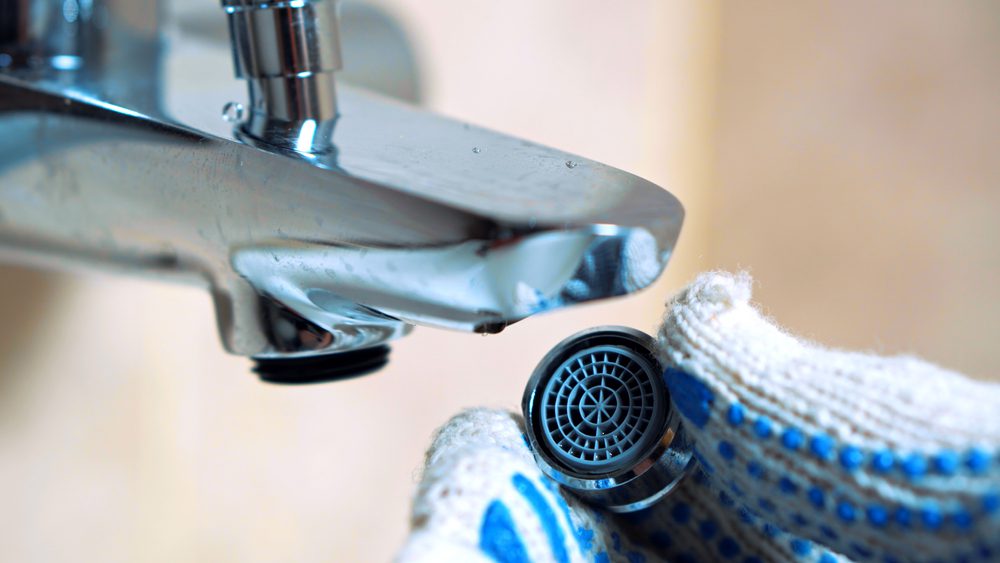
19. Use Low-Flow Faucet Aerators
Aerators are those fancy little things that you can attach to your faucets. They help by limiting the amount of water that flows through your faucet, saving you money every time you use them.
Use low-flow aerators as they are known as some of the most cost-effective water conservation measures! Look for those who have flow rates of 1 gallon per minute, or even less!
Here’s a pro tip! When switching out older aerators, make sure you bring your old one to the store. That way you can use it to find one that will fit your faucet, saving you another trip back to the store in case you’ve mistakenly bought one that doesn’t fit!
Read also:


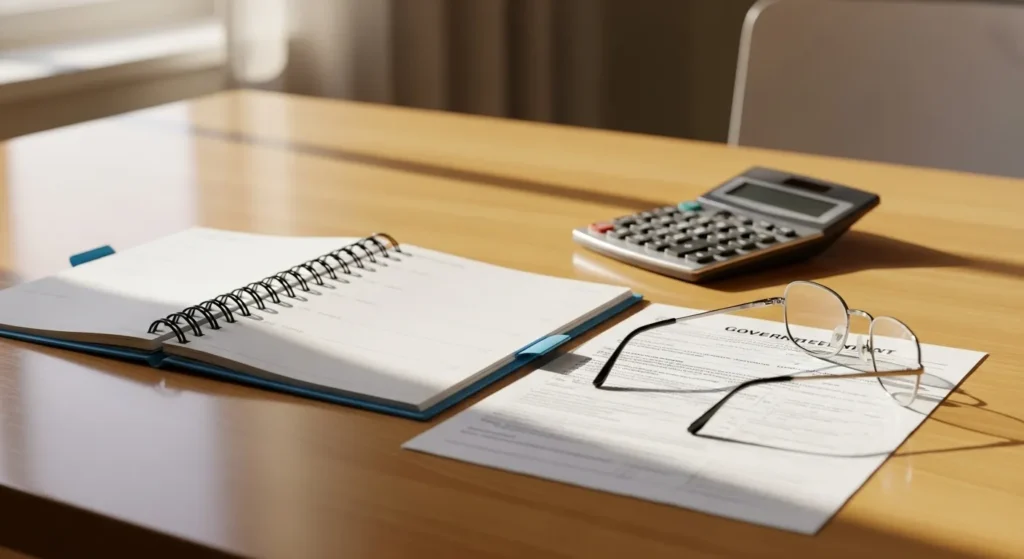

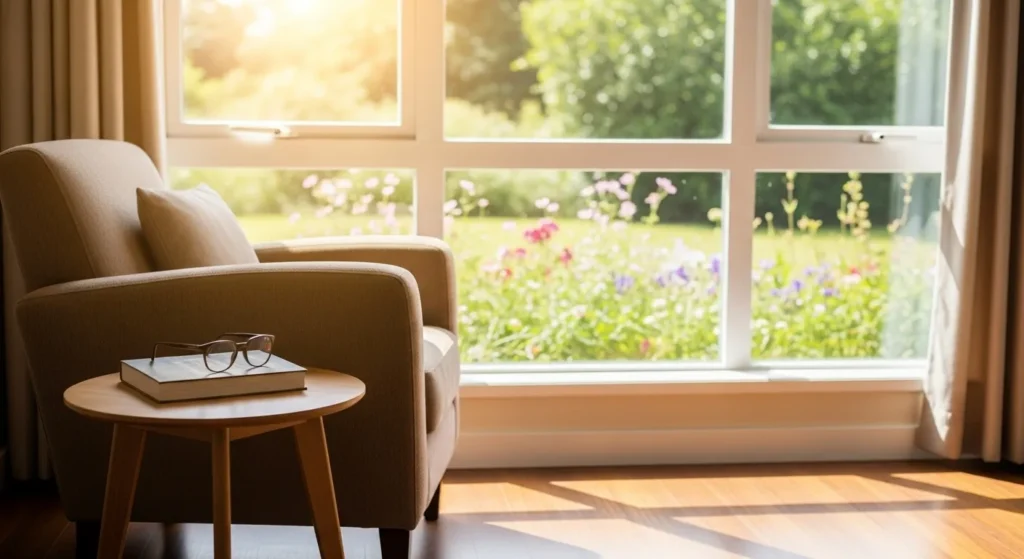




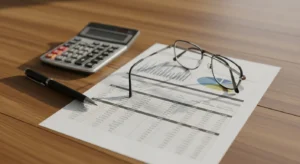

One Response
I don’t even know how I ended up here, but I thought
this post was great. I do not know who you are but definitely you are
going to a famous blogger if you are not already 😉 Cheers!